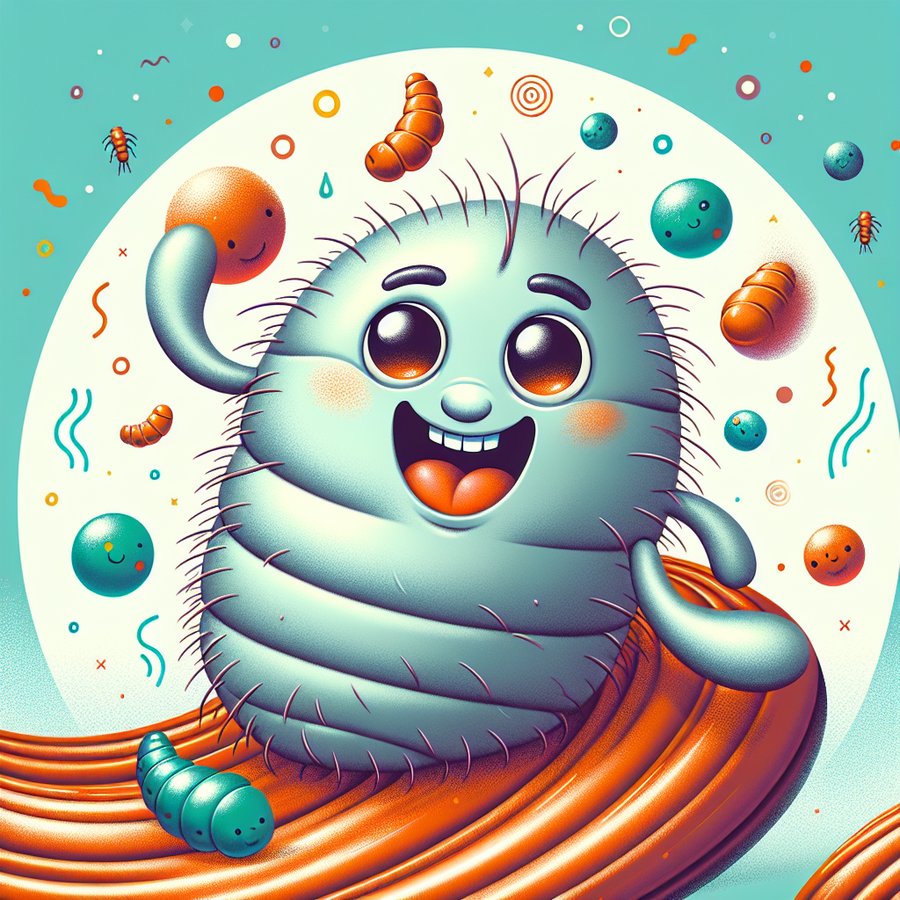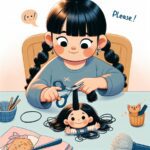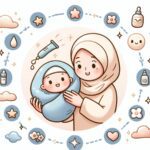Lice, though small and often considered a minor nuisance, can become a significant concern for parents of young children. Understanding how to prevent and treat lice can help keep your child comfortable and healthy. This guide provides valuable insights into managing lice in babies and young children, ensuring you’re equipped to handle this common issue effectively.
What are Lice and How Do They Affect My Child?
Lice are tiny, wingless insects that inhabit the hair and scalp, feeding on human blood. The most common type found in children is the head louse. An infestation, known as pediculosis, is not a sign of poor hygiene but rather a common issue faced by many families. Children in daycare or school are particularly susceptible due to the close contact they have with one another.
Signs of lice include itching, visible lice on the scalp, and lice eggs (nits) on hair shafts. It’s crucial for parents to regularly check their child’s hair, especially if they’re scratching their head more than usual. Early detection makes treatment easier and prevents widespread infestations within a household or amongst classmates.
How Can I Prevent Lice in My Child?
Preventing lice involves a combination of personal hygiene and environmental measures. Encouraging your child not to share personal items such as hats, scarves, and brushes can significantly reduce the risk of lice transmission. Additionally, regular washing of bedding, stuffed animals, and clothing in hot water can help eliminate any lice that have left the scalp and are lingering on personal items.
Educating your child about the importance of not having head-to-head contact with friends during playtime can also be effective. While it’s natural for children to be close, explaining the concept of personal space in the context of preventing bugs in their hair might encourage them to be more mindful.
Effective Treatments for Lice Infestations
When it comes to treating lice, there are several effective options. Over-the-counter (OTC) treatments containing permethrin or pyrethrin are commonly used and can be effective when used according to the instructions. It’s important to reapply the treatment as directed, usually a week after the first application, to ensure any newly hatched lice are killed. For more detailed information on treatment options, parents can consult CDC guidelines on lice treatment.
In addition to OTC treatments, manual removal of lice and nits with a fine-toothed comb is critical. This method, known as combing, should be done on wet hair and can be more time-consuming but is essential for the effectiveness of the treatment. Some families opt for professional lice removal services, which can be more efficient though potentially more costly.
Common Myths About Lice Debunked
Many myths surround lice, leading to misconceptions and unnecessary panic. One common myth is that lice can jump or fly from head to head. In reality, lice cannot jump or fly; they can only crawl, and transmission occurs through direct contact or sharing personal items. Another misconception is that lice infestations are a result of poor hygiene. Lice are not discriminatory in this way; they can infest anyone’s hair, regardless of cleanliness.
Understanding the facts about lice can help reduce stigma and anxiety surrounding infestations, making it easier for parents to approach the situation calmly and effectively.
Caring for Your Child’s Emotional Well-being During Lice Treatment
Dealing with lice can be stressful for children, especially if they feel embarrassed or isolated. It’s important for parents to provide reassurance and support throughout the treatment process. Explaining that lice are a common issue that can affect anyone can help alleviate some of their concerns.
Keeping a positive and calm demeanor can also help your child feel more comfortable. Involve them in the treatment process by allowing them to choose a special movie to watch during combing sessions or rewarding them for their patience and cooperation.
For further reading on related topics, consider visiting our comprehensive guides on managing eczema in children, understanding attachment in early childhood, and navigating allergies in infants and toddlers.













